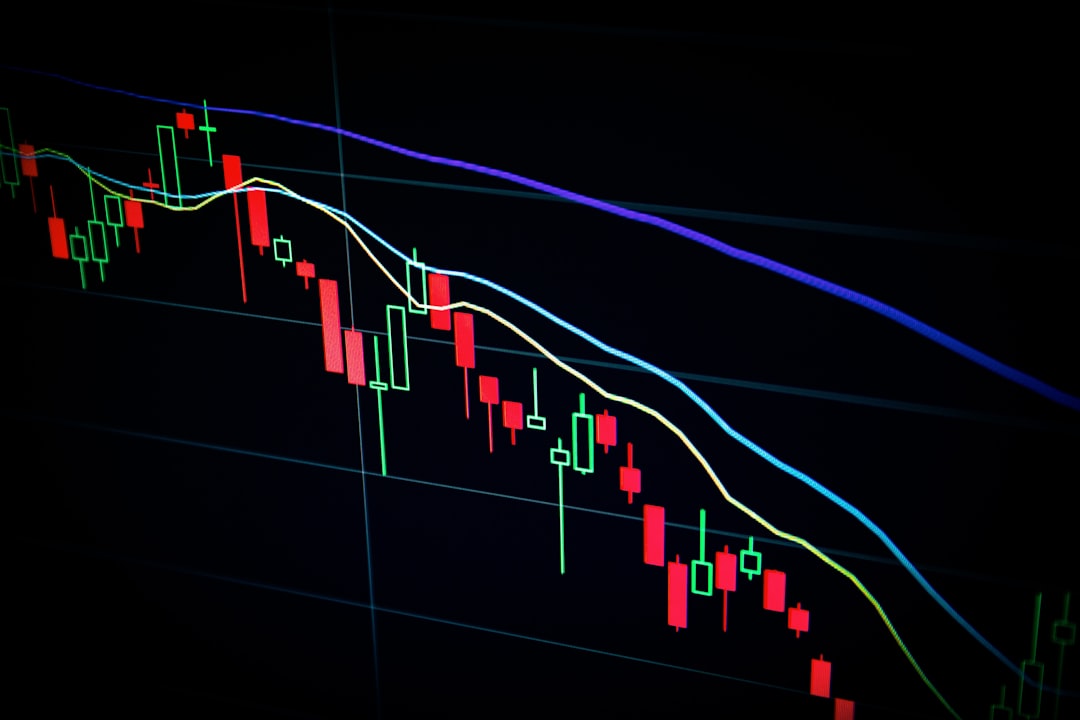
U.S. stock futures hovered near the flatline on Tuesday as investors weighed President Donald Trump’s latest salvo in his aggressive tariff agenda. The President issued formal letters to 14 nations outlining steeper import duties, though he extended the implementation deadline, signaling some room for negotiation.
As of 06:18 ET (10:18 GMT), Dow Jones Futures dropped 66 points, or 0.2%, while S&P 500 Futures remained largely unchanged. Nasdaq 100 Futures edged up by 31 points, or 0.1%.
Wall Street’s major averages ended lower on Monday. While the tariff letters triggered caution, analysts noted profit-taking behavior and a resilient macroeconomic backdrop kept markets supported.
According to strategists at Vital Knowledge, “While stocks suffered some pressure on Monday and tariff fears rose, bulls remain in control of the narrative.”
To monitor real-time futures and sector movements, investors can reference the Sector Historical Performance API, which helps assess how different segments of the market react to policy developments like tariffs.
Trade tensions resurfaced after Trump sent out formal notices to 14 trading partners, including Japan, South Korea, Indonesia, and Thailand, warning of a new round of elevated U.S. tariffs. Though many of the new rates were less aggressive than those unveiled during Trump’s “Liberation Day” speech in April, they still exceed the baseline 10% levy currently in effect.
The President also pushed the effective date of the new tariffs to August 1, extending the previous deadline of July 9. While Trump described the deadline as “firm,” he added it was “not 100% firm,” indicating potential for further negotiations or bilateral deals.
In response, China cautioned against reigniting trade hostilities and called for a renewed effort to stabilize bilateral relations.
You can track how these macroeconomic shifts impact U.S. trade balances and inflation metrics using the Economics Calendar API, which provides scheduled updates on CPI, PPI, and international trade data.